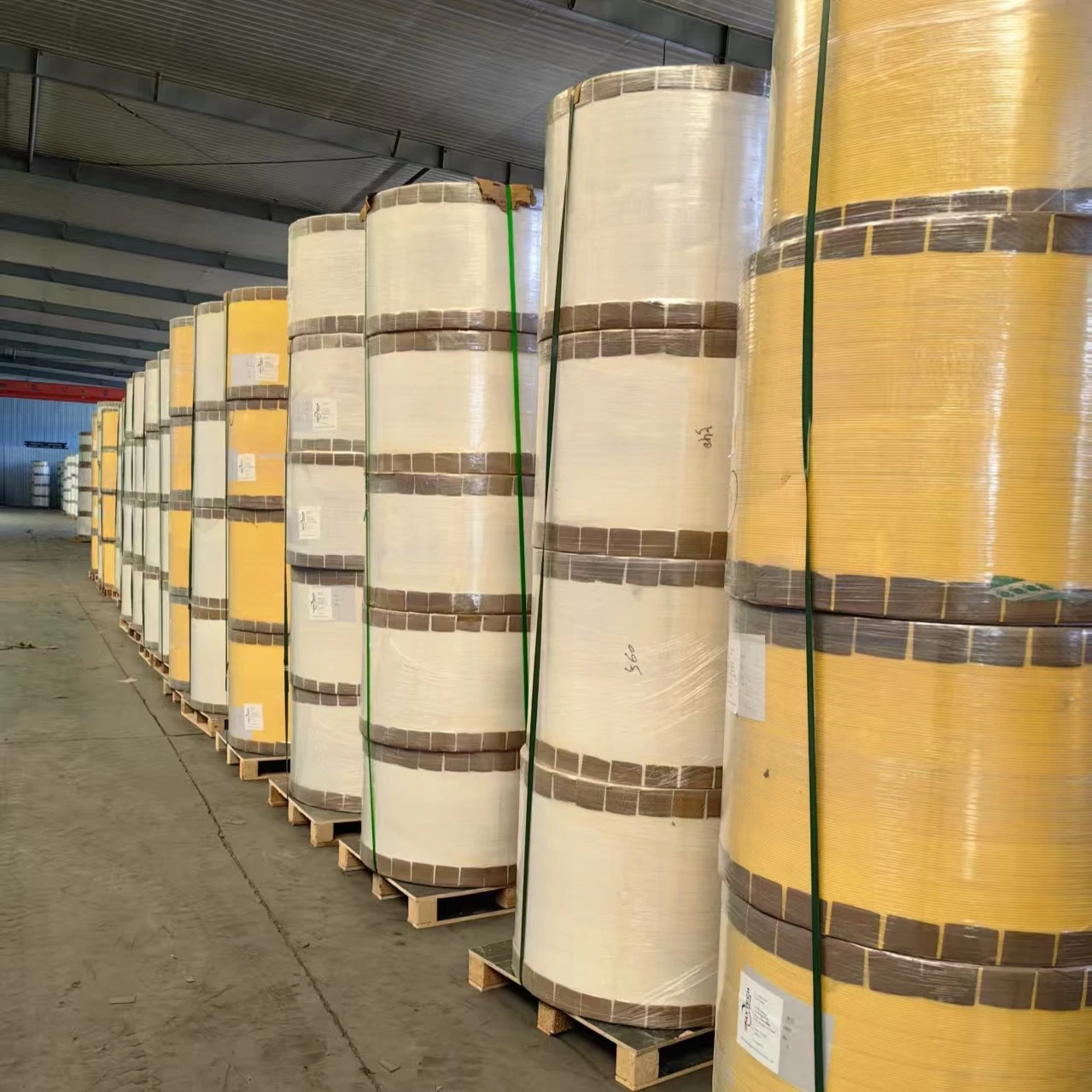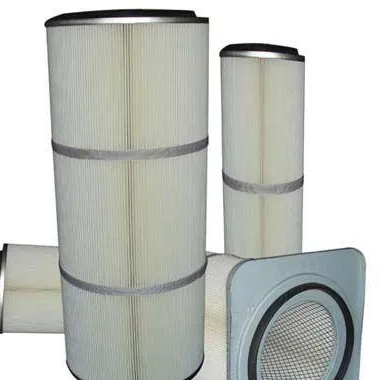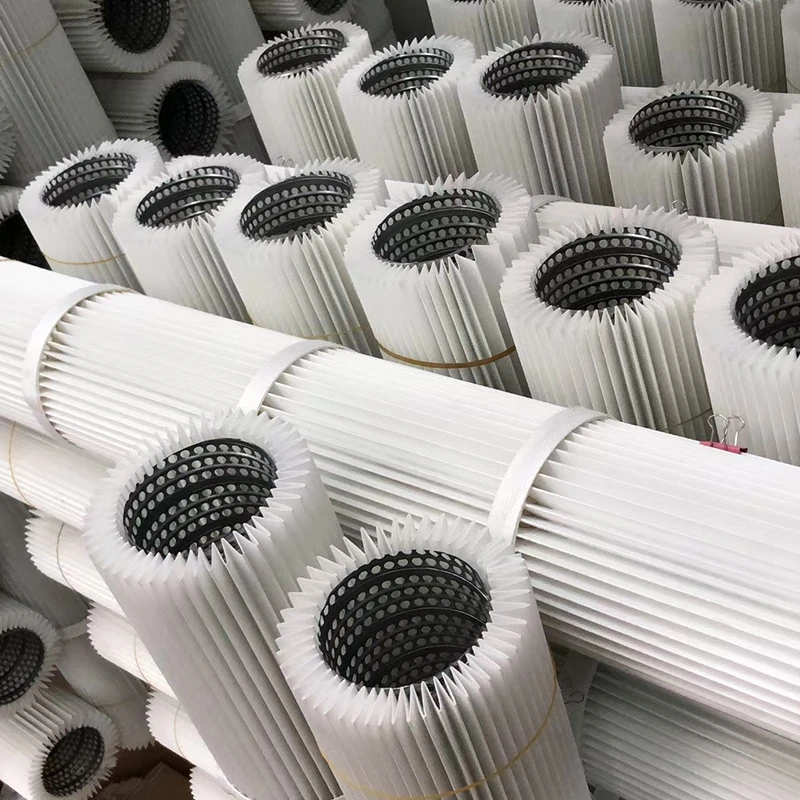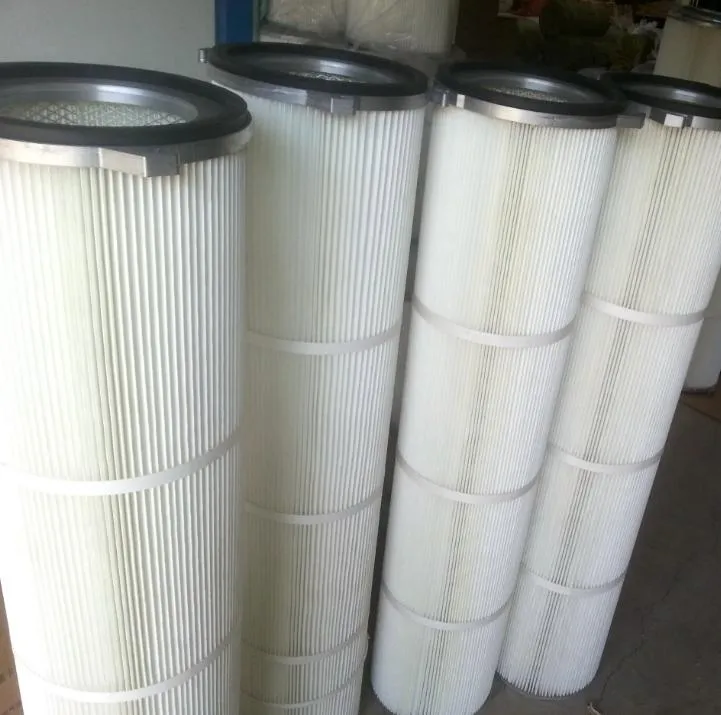 Tel:
+8615930870079
Tel:
+8615930870079
Aug . 06, 2025 05:00 Back to list
High-Efficiency Activated Carbon Cartridge for Pure Air
In an era of stringent environmental regulations and the rising need for purity in industrial processes, the demand for high-efficiency filtration solutions has never been greater. This guide provides an in-depth exploration of the activated carbon cartridge, a critical component for air and gas purification across numerous sectors. We will delve into its technology, applications, and performance metrics, showcasing why our High-Performance Industrial Activated Carbon Air Filter Cartridge stands as a superior choice in the market.
Industry Trends & Market Dynamics for Air Filtration
The global air filter market is on a significant upward trajectory, projected to reach USD 23.8 billion by 2028, growing at a CAGR of 6.9%. This growth is fueled by increasing industrialization, heightened awareness of airborne contaminants' health effects, and stricter regulations like the EPA's National Ambient Air Quality Standards (NAAQS). Within this market, the activated carbon filter element segment is experiencing accelerated growth. Its unique ability to adsorb volatile organic compounds (VOCs), odors, and hazardous gases makes it indispensable in industries from petrochemicals to pharmaceuticals. The trend is shifting from standard-issue filters to customized, high-performance cartridges that offer longer service life, higher adsorption capacity, and lower pressure drop, directly impacting operational efficiency and cost-effectiveness.

Technical Deep Dive: The Science Behind the High-Performance Activated Carbon Air Filter Cartridge
Understanding the core technology of an activated carbon cartridge is key to appreciating its value. It's not just a filter; it's a sophisticated adsorption system. The efficacy of these cartridges hinges on two main factors: the quality of the activated carbon and the structural integrity of the cartridge itself.
The Heart of the Filter: Activated Carbon Properties
- Material Source: Our cartridges utilize premium-grade coconut shell-based activated carbon. Compared to coal or wood-based carbons, coconut shell carbon features a higher proportion of micropores (pores
- Activation Process: The carbon undergoes a controlled steam activation process. This creates an incredibly vast internal surface area—a single gram of our activated carbon can have a surface area of over 1200 m² (as per the BET nitrogen adsorption method). This is equivalent to several tennis courts of surface area packed into a tiny amount of material.
- Key Performance Indicators (KPIs):
- Iodine Value: A measure of the micropore content, our cartridges feature an iodine value exceeding 1100 mg/g, indicating superior adsorption capacity for small molecules.
- Carbon Tetrachloride (CTC) Activity: This ASTM D3467 standard test measures the macropore structure for adsorbing larger molecules. Our products consistently score above 65%, ensuring effective removal of a broad spectrum of contaminants.
- Hardness/Abrasion Number: With a hardness number of >98%, our carbon granules resist breaking down during transport and operation, preventing carbon dust from entering the clean air stream and maintaining a low pressure drop over time.
The Manufacturing Process: From Raw Material to Precision Cartridge
The creation of our High-Performance activated carbon air filter cartridge is a multi-stage process governed by strict ISO 9001:2015 quality control standards.
Raw Material Selection & Testing
Premium coconut shell charcoal is sourced and tested for moisture content, ash content, and purity. Only lots meeting our stringent specifications proceed.
High-Temperature Activation
The charcoal is activated in rotary kilns at temperatures of 800-1100°C with steam. This critical step develops the vast network of pores responsible for adsorption.
Crushing, Sizing, and Dedusting
The activated carbon is crushed and sieved to a precise mesh size (e.g., 20x50 mesh) to optimize airflow and surface contact. A dedusting process removes fine particles.
Cartridge Assembly & Filling
Using advanced CNC-controlled machinery, the carbon granules are uniformly packed into the cartridge body (constructed from materials like galvanized steel or 304 stainless steel). A specialized vibration technique ensures a densely packed bed, preventing channeling and maximizing efficiency.
End Cap Sealing & Gasketing
Corrosion-resistant end caps (e.g., Polyurethane, Galvanized Steel) are bonded to the cartridge body using high-strength industrial adhesives. EPDM or Silicone gaskets are fitted to ensure a perfect, leak-proof seal in the filter housing.
Final Quality Control & Testing
Each activated carbon cartridge undergoes a final inspection, including pressure drop testing and dimensional checks according to ANSI/ASME standards, before being vacuum-sealed for shipment to preserve its activation.

Technical Specifications: High-Performance Industrial Activated Carbon Air Filter Cartridge
Data-driven decisions are crucial in industrial applications. The table below details the specifications of our flagship product, allowing for a clear comparison of its superior design and performance.
| Parameter | Specification | Industry Significance |
|---|---|---|
| Product Name | High-Performance Industrial Activated Carbon Air Filter Cartridge | Identifies the product for high-demand industrial environments. |
| Filter Media | Coconut Shell Granular Activated Carbon (GAC) | Offers the highest microporosity for effective VOC and odor removal. |
| Iodine Value (mg/g) | ≥ 1100 | A high value indicates a large surface area and high adsorption capacity for small molecules. |
| CTC Adsorption (%) | ≥ 65 | Demonstrates effectiveness in removing larger organic compounds, compliant with ASTM D3467. |
| Hardness Number | > 98% | Minimizes carbon dust generation, ensuring cleaner air and stable performance. |
| Mesh Size | 20x50 (Customizable) | Balances surface area contact time with pressure drop for optimal efficiency. |
| Core/Outer Casing | Galvanized Steel / 304 SS / 316L SS | Provides structural integrity and corrosion resistance in harsh environments. |
| End Caps | Polyurethane / Galvanized Steel / Stainless Steel | Ensures durability and a secure seal. |
| Gasket Material | EPDM / Silicone / Buna-N | Provides a reliable, leak-free seal compatible with various temperature ranges and chemical exposures. |
| Operating Temperature | Up to 80°C (176°F) standard; high-temp options available | Suitable for a wide range of industrial process air streams. |
| Typical Service Life | 2,000 - 4,000 operating hours (application dependent) | Longer lifespan reduces maintenance frequency and total cost of ownership. |
| Certifications | Manufactured in an ISO 9001:2015 certified facility | Guarantees consistent quality and adherence to international standards. |
Performance Data Visualization
Visual data provides an at-a-glance understanding of our product's competitive edge. The following charts illustrate key performance metrics based on internal testing and comparative analysis.
Adsorption Efficiency Comparison (Toluene Removal)
Primary Application Industries

Application Scenarios & Technical Advantages
The versatility of the activated carbon air filter cartridge makes it a cornerstone of purification in diverse industries. Its advantages are most pronounced in challenging environments.
Key Application Areas:
- Petrochemical & Refining: Removal of hydrogen sulfide (H₂S), mercaptans, and VOCs from process vents and tank farms to meet emission standards and protect equipment from corrosion. Our stainless steel options (304/316L) offer superior resistance in these corrosive atmospheres.
- Pharmaceutical & Biotech: Ensuring sterile and pure air in cleanrooms by eliminating airborne molecular contamination (AMCs) that can compromise sensitive research and production.
- Wastewater Treatment Plants: Controlling potent odors (like H₂S and ammonia) from clarifiers, sludge processing, and headworks, improving worker safety and community relations.
- Food & Beverage: Removing unwanted odors and flavors from process air, such as in CO₂ purification for carbonation or compressed air systems that come into contact with products. FDA-compliant materials are available.
- Museums & Archives: Protecting priceless artifacts from the damaging effects of acidic gases like sulfur dioxide (SO₂) and nitrogen dioxide (NO₂) present in urban air.
Core Technical Advantages:
- Enhanced Energy Efficiency: The optimized granule size and uniform packing of our cartridges ensure a low initial pressure drop. This reduces the energy consumption of fans and blowers, leading to significant operational cost savings over the filter's lifespan.
- Superior Longevity and Reliability: The high hardness of our coconut shell carbon minimizes attrition, while robust construction prevents structural failure. This translates to a longer service life, fewer change-outs, and reduced maintenance labor.
- Broad-Spectrum Adsorption: The balanced micro and macropore structure allows our activated carbon cartridge to effectively capture a wide range of molecular weights, from light VOCs to heavier odorous compounds.
- Corrosion Resistance: Offering cartridges with galvanized steel, 304 SS, and 316L SS casings and end caps ensures long-term performance even in highly corrosive or humid industrial environments.
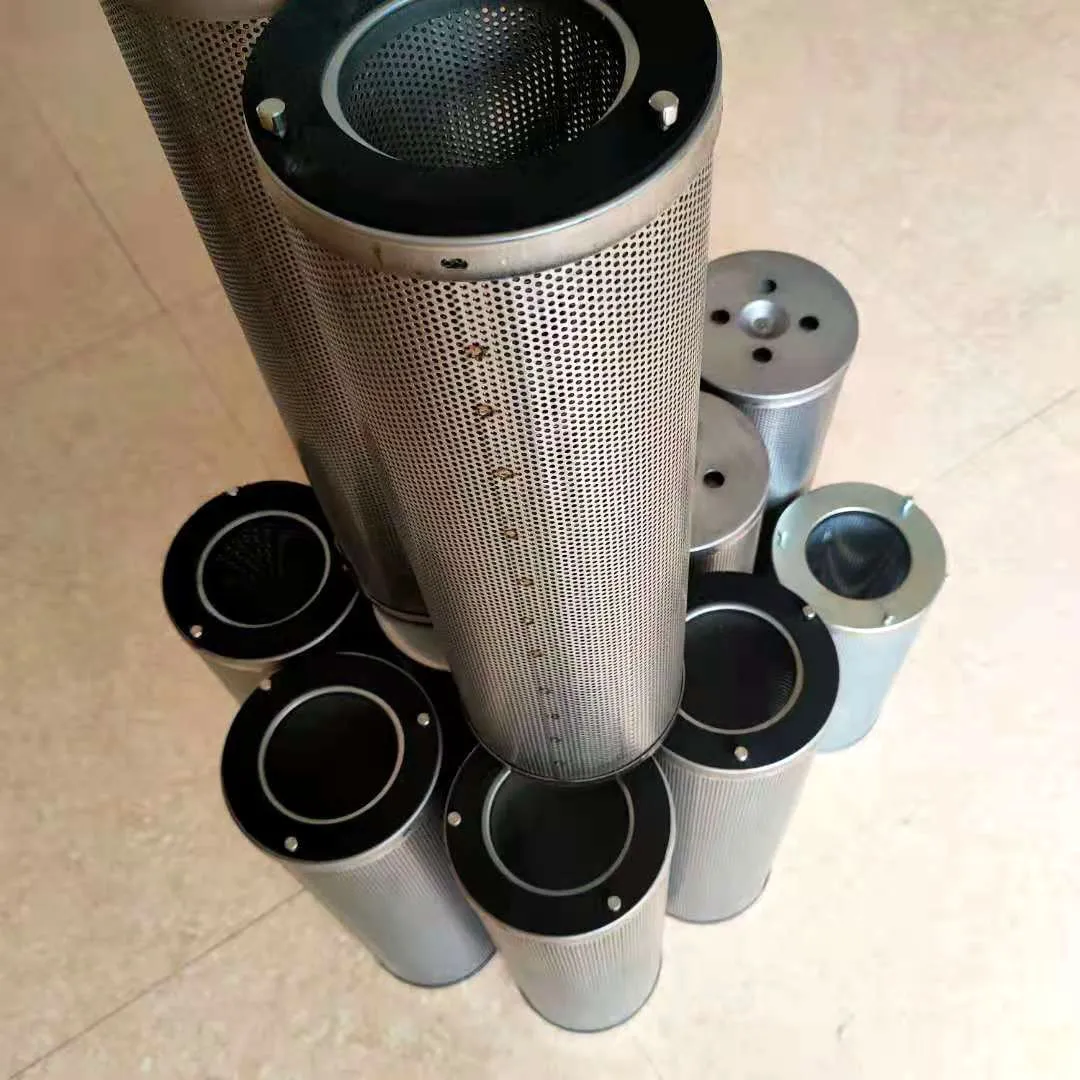
Manufacturer Comparison: Why Choose Us?
When selecting an activated carbon filter element supplier, it's essential to look beyond the initial price and consider the total value proposition. Here’s how we stand out:
| Feature | Our High-Performance Cartridge | Standard/Generic Competitors |
|---|---|---|
| Carbon Source & Quality | Premium, high-activity coconut shell carbon (Iodine > 1100 mg/g) | Often lower-grade coal or wood-based carbon (Iodine |
| Construction & Durability | Vibration-packed bed, robust steel/SS casings, high-strength bonding | Loosely filled beds prone to channeling, thinner gauge metals |
| Performance Consistency | ISO 9001 certified manufacturing, 100% post-production testing | Inconsistent quality control, batch-to-batch performance variation |
| Customization | Wide range of sizes, materials, and carbon types available | Limited standard sizes, "one-size-fits-all" approach |
| Technical Support | Expert consultation for application-specific solutions, lifetime prediction | Basic sales support, limited technical expertise |
Tailored Filtration: Customization & Solution Engineering
We recognize that no two industrial applications are identical. Contaminant types, concentrations, flow rates, and operating conditions vary widely. That’s why we offer comprehensive customization services.
Our Customization Process:
- Consultation & Analysis: Our engineers work with you to understand your specific air purification challenge, analyzing data on your airstream composition.
- Material & Media Selection: We help you select the optimal carbon type (e.g., standard, impregnated for specific gases like ammonia or H₂S), as well as the right materials for casings and gaskets based on chemical compatibility and temperature.
- Dimension & Design Engineering: We can manufacture an activated carbon cartridge to fit any existing housing or design a new filtration system for optimal performance. Dimensions, end cap configurations, and airflow patterns can all be customized.
- Prototyping & Validation: For large or critical applications, we can provide prototypes for on-site testing and performance validation before full-scale production.
Application Case Study: Odor Control at a Municipal Wastewater Plant
Client: A large municipal wastewater treatment facility experiencing odor complaints from a nearby residential area.
Challenge: The primary source was identified as the headworks area, with high concentrations of hydrogen sulfide (H₂S) and other volatile organic compounds. Their existing filtration system used generic carbon filters that required replacement every 3 months, leading to high material and labor costs.
Solution: Our team analyzed their airflow data and contaminant levels. We proposed a solution using our High-Performance activated carbon air filter cartridge, but with a key modification: we used a specially impregnated carbon (caustic impregnation) designed for enhanced H₂S removal capacity. The cartridges were also supplied in 316L stainless steel to combat the high humidity and corrosive nature of the environment.
Results:
- 99.5% H₂S Removal: Odor complaints were completely eliminated.
- Extended Service Life: The custom cartridges now last 9-10 months, a 3x increase in lifespan.
- Reduced Operating Costs: The facility saved over 50% annually in filter replacement and labor costs.
- Enhanced Safety: A safer working environment was created for plant operators.
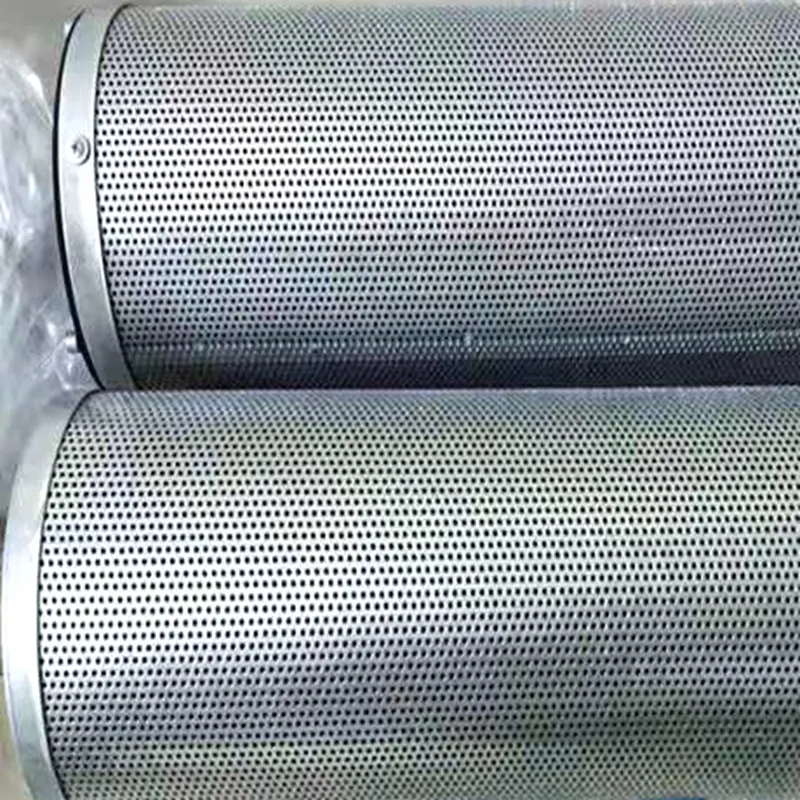
Our Commitment to E-E-A-T: Expertise, Experience, Authoritativeness, Trustworthiness
We build trust not just through superior products, but through a transparent and supportive framework that adheres to the highest standards of quality and customer service.
Ensuring consistent, world-class quality in every cartridge.
Standard delivery in 7-10 business days. Expedited options available.
Full warranty against manufacturing defects and performance issues.
Our technical team is ready to assist with any query or challenge.
Frequently Asked Questions (FAQ)
GAC, which we use in our activated carbon cartridge, consists of loose granules. This design offers a lower pressure drop and is ideal for high-flow air/gas applications. Carbon block filters are made by bonding powdered carbon together. They offer finer filtration but typically have a higher pressure drop, making them more suitable for lower-flow liquid applications.
The primary indicator is "breakthrough," which is when you begin to detect the contaminant (e.g., by odor or with a gas detector) downstream of the filter. This means the carbon's adsorption sites are saturated. For critical applications, we recommend a scheduled change-out based on calculated service life or the use of a downstream gas monitoring system.
While this specific product, the activated carbon air filter cartridge, is optimized for air and gas streams, the principles of activated carbon filtration apply to liquids as well. We offer a separate product line specifically designed for liquid-phase applications, such as water purification or decolorization of chemical products. Contact our team for details.
Impregnated carbon is activated carbon that has been treated with a chemical reagent, such as potassium hydroxide (for acids like H₂S) or phosphoric acid (for bases like ammonia). This process, known as chemisorption, allows the filter to neutralize and remove specific inorganic gases that are poorly adsorbed by standard carbon alone.
Installation should be done in a clean, de-energized system. Ensure the gasket seating surface in the filter housing is clean and free of debris. Insert the cartridge firmly to ensure the gasket creates a positive seal. It's critical to prevent any air from bypassing the filter element. Always handle new cartridges with clean gloves to avoid contaminating the media.
If stored in its original, unopened vacuum-sealed packaging in a cool, dry place, an activated carbon cartridge has an indefinite shelf life. Once opened, it will immediately begin adsorbing contaminants from the ambient air, so it should be installed as soon as possible.
Yes, we are committed to global environmental and safety standards. Our materials and manufacturing processes are compliant with both REACH (Registration, Evaluation, Authorisation and Restriction of Chemicals) and RoHS (Restriction of Hazardous Substances) directives upon request, ensuring they are safe for use across different international markets.
Authoritative References & Further Reading
To further enhance your understanding and validate the information presented, we encourage reviewing findings from reputable industry and academic sources. Our methodologies and quality standards are aligned with the research and best practices discussed in these publications.
- Academic Journal: Marsh, H., & Reinoso, F. R. (2006). Activated Carbon. Elsevier. This comprehensive book is a foundational text on the science, production, and application of activated carbons. A relevant chapter can be previewed on ScienceDirect.
- Industry Standard: ASTM International, Standard Test Method for Determination of Iodine Number of Activated Carbon (ASTM D4607-14). This standard is fundamental to how we quantify the quality and adsorptive capacity of our carbon media. More information is available at ASTM.org.
- Industry Forum Discussion: A technical discussion on selecting activated carbon for industrial VOC control can often be found on platforms like the AIChE's Chemical Engineering Forum (ChEnected). See an example discussion on AIChE's website.
-
Nano Fiber Technology: Revolutionizing Cartridge Dust Collector FiltersNewsAug.06,2025
-
How Activated Carbon Air Cartridges Eliminate OdorsNewsAug.06,2025
-
Dust Filter Cartridge Handling Fine Particulate MatterNewsAug.06,2025
-
Cartridge Dust Collector Filter for Welding Fume ExtractionNewsAug.06,2025
-
Activated Carbon Filter Cartridge Effectiveness Against VOCsNewsAug.06,2025
-
Activated Carbon Air Filter Cartridge Benefits ExplainedNewsAug.06,2025

 Email:
Email:
